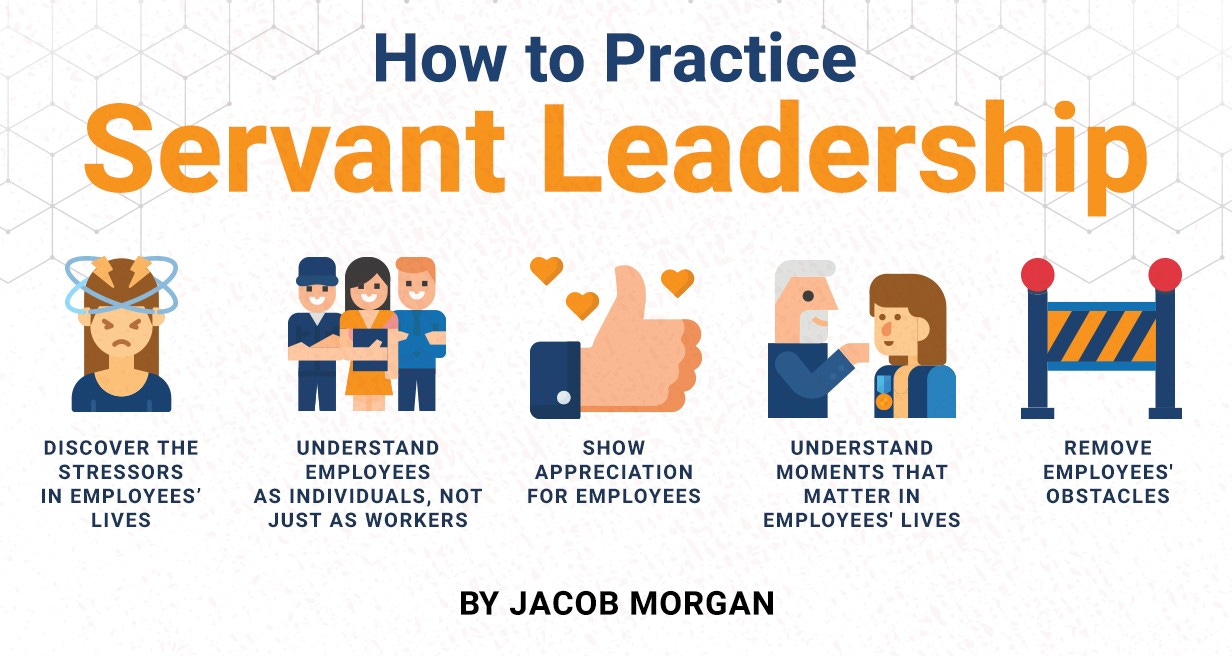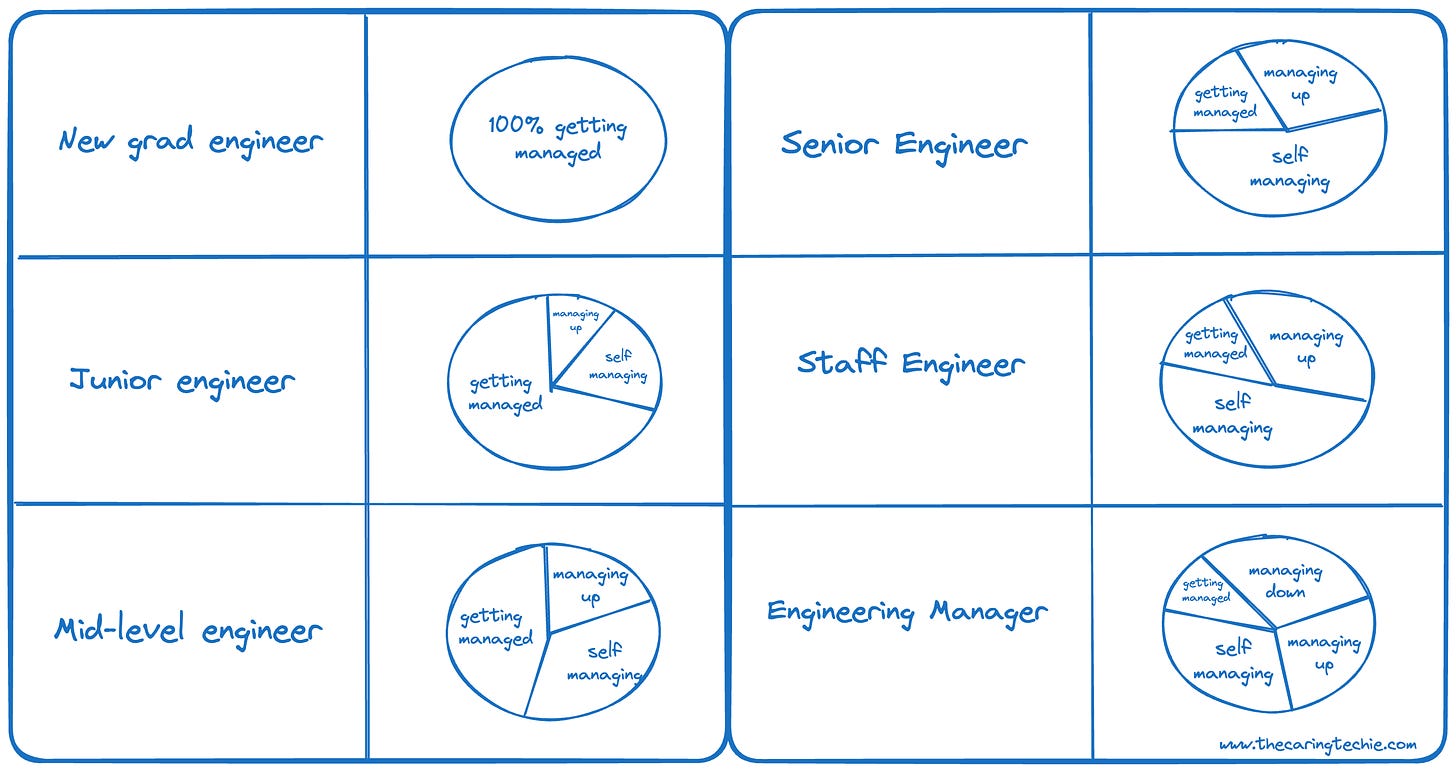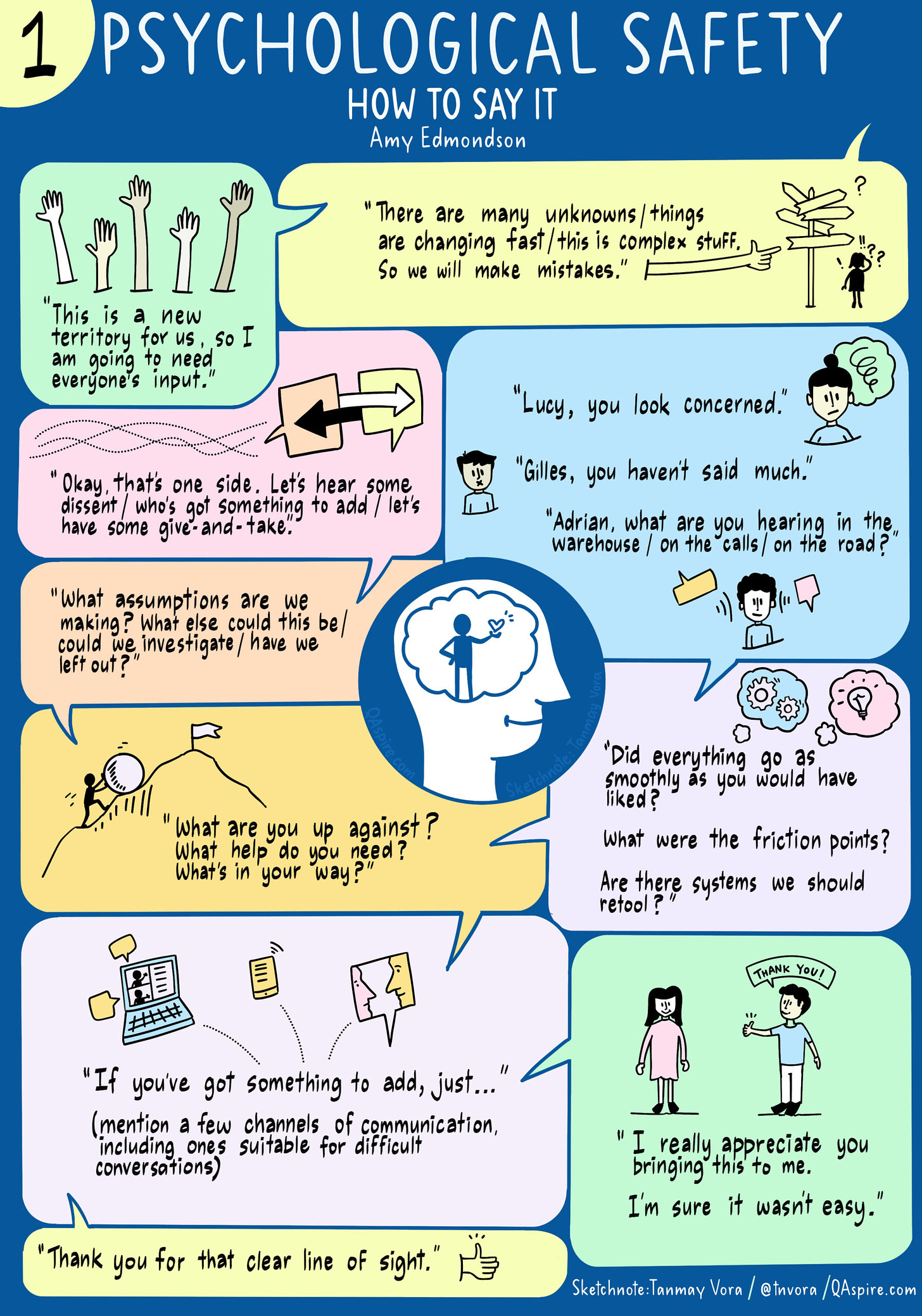Read this before you become an Engineering Manager
Transitioning from individual contributor to engineering manager comes with challenges, here are some that you need to know.
The Managerial Mirage
So, you’ve finally been offered the promotion to Engineering Manager. It’s what you’ve been working toward for years. But before you accept, there are some things people won’t tell you.
Becoming an engineering manager isn’t just a career step, it’s a complete transition. Many engineers get into management roles expecting to continue solving technical problems only to find themselves struggling with an entirely different set of challenges.
If you’re on the verge of becoming an EM, this is your roadmap to understanding what you’re really signing up for.
1. You’re no longer the Hero, you’re the Guide
As an engineer, a big part of “your value” is measured by the code you write and the problems you solve. As an engineering manager, your success is determined by the success of your team.
The Problem: Overuse of technical skills to solve problems instead of empowering the team to do so. This creates bottlenecks, breaks trust, and ultimately limits the team’s growth.
The Solution: Your primary role now is to create an environment where others can succeed. This means mentoring, delegating, and creating space for your team to make decisions, even if they sometimes make mistakes.
Tip: The best way to empower your team is to adopt a “servant leadership” mindset. Focus on removing roadblocks, providing resources, and enabling your engineers to take ownership of their work. It’s not about you solving the problems, it's about making sure they have what they need to do so.
2. Expect to manage up as much as you manage down
As a manager, your responsibilities extend beyond your team to navigating company politics, managing stakeholders, and aligning with upper management.
The Problem: Assumption that the responsibilities are limited to managing the team. But in reality, a huge part of the role involves translating technical work into business outcomes and ensuring alignment with company goals.
The Solution: You need to become a bridge between your team and upper management. This means clearly communicating your team’s progress, advocating for their needs, and making sure they’re working on the right priorities. At the same time, you’ll need to protect your team from unnecessary distractions and shifting priorities that come from the top.
Tip: Develop strong relationships with other department heads and your own manager. Regularly sync up to understand the broader company vision and how your team’s work fits into it. This will help you prioritize the right projects and keep your team focused.
3. Metrics matter, but people matter more
It’s tempting to believe that engineering management is all about increasing sprint velocity, KPIs, and tracking progress. And while these are important, focusing too much on numbers can lead to a disconnected, disengaged team.
The Problem: Fixation on hitting deadlines and metrics, at the expense of team morale and well-being. This can result in burnout, turnover, and an unhealthy work culture.
The Solution: Strike a balance between tracking performance and understanding your people. Have regular one-on-ones with everyone in your team to check in not just on their work but on how they’re feeling. Pay attention to workloads, stress levels, and interpersonal dynamics. Your job is to maintain both productivity and a healthy, sustainable work environment.
Tip: Create psychological safety within your team. Encourage open communication, where feedback, both positive and constructive, is shared without fear of retribution. This is crucial for fostering innovation and a sense of belonging within your team.
4. Conflict isn’t a distraction, it’s your job now
When you were an individual contributor, conflict might have felt like an obstacle to avoid. As a manager, you’re no longer just a participant in team dynamics, you’re responsible for managing and resolving conflict.
The Problem: Shying away from confrontation, hoping it will resolve itself. But unresolved conflict, whether it’s between team members or between your team and another department, can severely undermine trust, productivity, and morale.
The Solution: Learn to address conflict early and constructively. This means actively listening to all sides, seeking to understand the root cause of issues, and finding solutions that align with the team’s goals. Your role is to facilitate resolution, not just enforce your own opinions.
Tip: Invest in learning conflict resolution frameworks like nonviolent communication (NVC) or Crucial Conversations. These tools will help you navigate tough discussions with empathy and clarity, ensuring that problems are solved in a way that strengthens the team rather than divides it.
5. Leadership can be lonely, find your support network
As an engineering manager, you’ll face challenges that are emotional, strategic, and people-related. And sometimes, you won’t have easy answers. Leadership, especially in the early stages, can feel isolating.
The Problem: You’re responsible for your team’s success, but you don’t always have peers who understand the unique pressures you face. This can lead to stress and self-doubt.
The Solution: Build a network of engineering managers, mentors, and trusted colleagues who can provide guidance and perspective. Having a group of people who have been through the same challenges can feel comforting when you’re navigating tough decisions.
Tip: Seek out a mentor who has experience in engineering leadership. They can provide advice, be a sounding board for difficult situations, and help you avoid mistakes.
TLDR;
Empower your team: Shift from solving problems yourself to creating an environment where your team can succeed.
Communicate up and down: Align your team’s work with company goals, and advocate for their needs with upper management.
Balance metrics with morale: Track performance, but don’t forget to prioritize the well-being of your team members.
Address conflict early: Use structured approaches to resolve conflicts constructively and foster a healthy team dynamic.
Find your support network: Seek mentors and fellow managers who can provide advice and help you navigate the emotional challenges of leadership.
💡 Enjoyed this post? Subscribe for more!
🎉 CodeCrafters which helps you become a better Software Engineer using my favourite method! Build your own Redis, Git, Kafka and more from scratch. Use my partner link if you want to get 40% off.
🚀 Check out my Leadership Accelerator program. Let’s set up a free intro call and chat about how I can help you thrive in your role.










